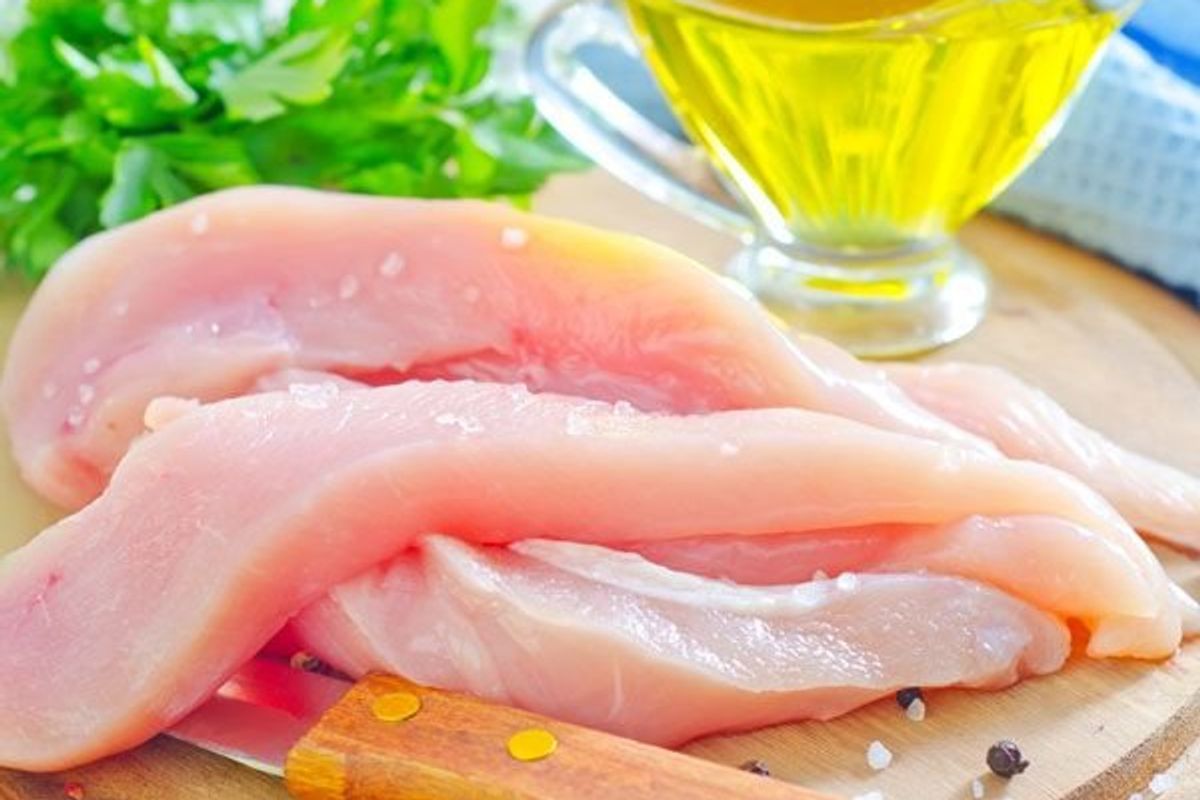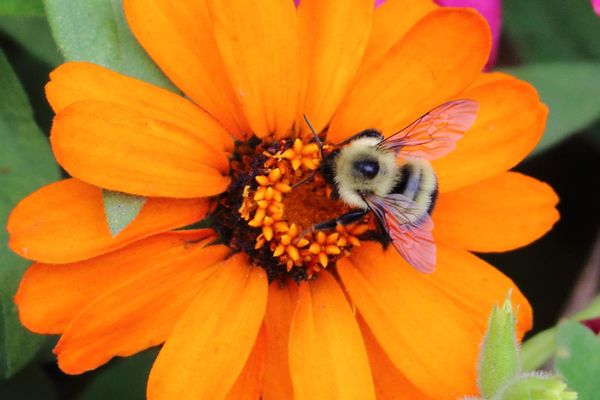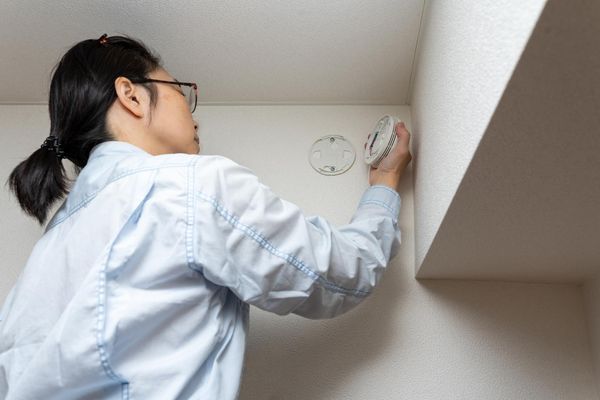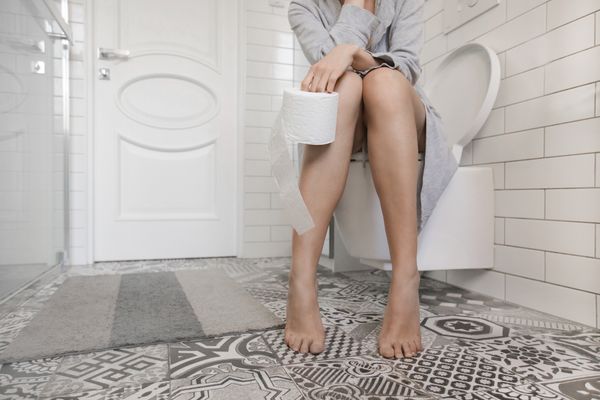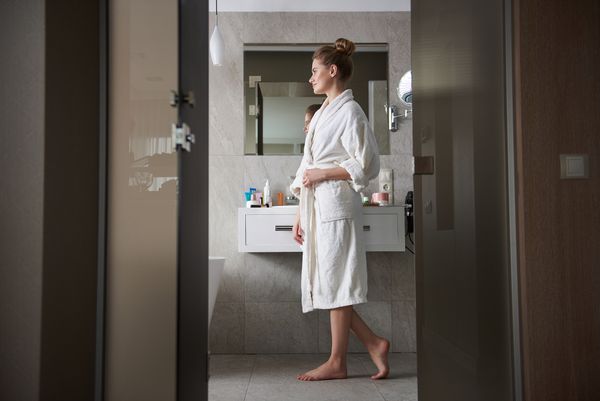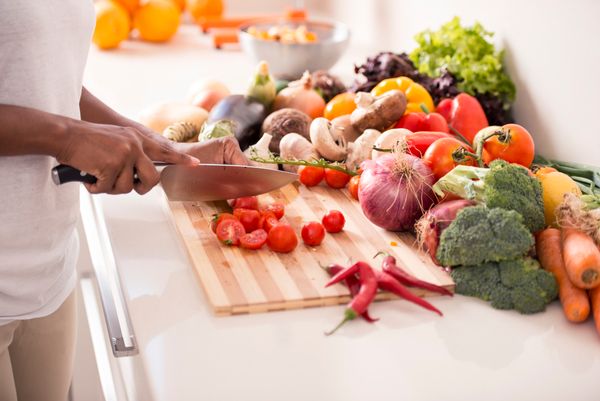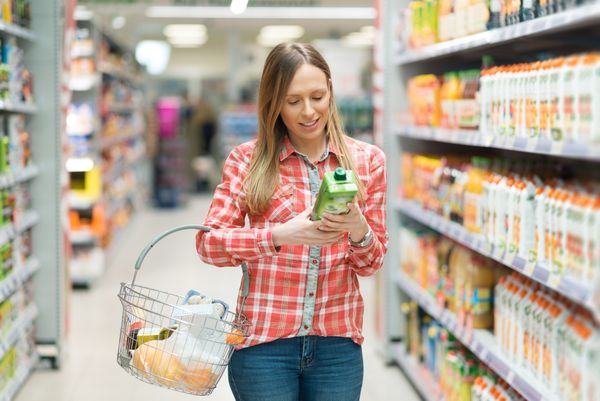To be safe from food-borne pathogens, know how to wash it, store it and cook it.
While poultry (skinless, of course) might be high on your list of good protein sources and part of a low-fat diet, its health benefits do you no good if you mishandle it. A new study proves this.
Although most of us know that chicken and turkey must be cooked to a certain internal temperature to be deemed safe to eat (so that bacteria is destroyed), many of us don't have food thermometers. Even if we do own a thermometer, only 10 percent of us actually use it.
Food thermometers are the only reliable way to know that poultry is truly done, and the USDA (U.S. Department of Agriculture) recommends consumers use a food thermometer to check for doneness of meat and poultry. Pathogens like salmonella may be present on poultry that is not cooked thoroughly to a safe internal temperature—165 degrees Fahrenheit.
Each year there are 1.2 million salmonella illnesses and over 20,000 hospitalizations and 450 deaths in the United States. Antibiotic use in food animals can result in more antibiotic-resistant salmonella. The Food and Drug Administration says that there are more antibiotics sold nationally for food-producing animals than for people, thus contributing to the rise of antibiotic-resistant bacteria in these animals.
With numbers like these, it's imperative to know how to handle and cook poultry.
Safety tips for raw poultry
DO NOT wash it before you use it. That's potentially unsafe, because contaminated water may splash and spread bacteria to other nearby foods, utensils and kitchen surfaces. Another word for this: cross-contamination. Cooking to the right temperature is enough to destroy any bacteria.
DO wash your hands with warm soapy water for 20 seconds after handling raw poultry. Likewise, wash utensils, cutting boards, dishes and countertops with hot soapy water (or a freshly made solution of 1 tablespoon of unscented, liquid chlorine bleach dissolved in 1 gallon of water) after preparing each food item and before preparing the next item.
DO NOT store with other foods in your shopping cart. Make sure you separate food items. Same goes for storing poultry in your refrigerator.
DO use separate cutting boards for fresh produce and raw poultry. Same goes for plates; never place cooked food on the same plate that held raw poultry.
You might also want to read:
A Fail-Safe Guide to a Healthier Holiday
15 Heart-Healthy Foods You Should Be Eating
How to Steer Clear of Food Poisoning
